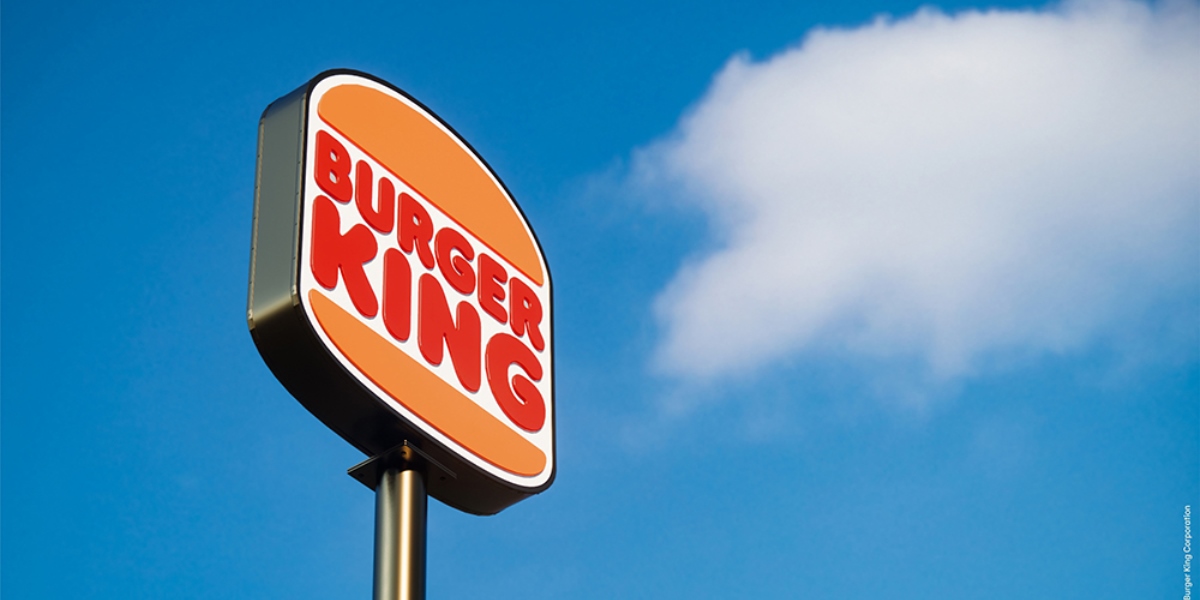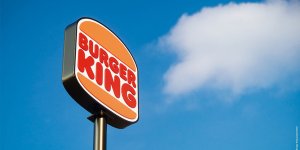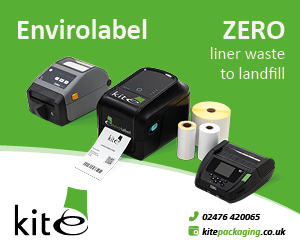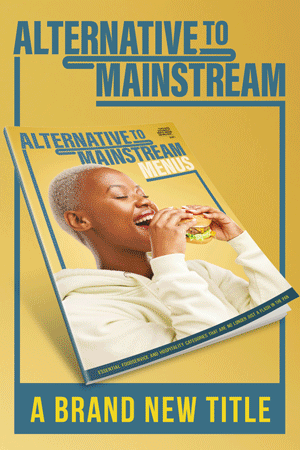Opinion: A whopping investment opportunity

Edward Weston, marketing executive for Savanta, looks at how the pandemic has helped to enhance the Burger King brand...
Burger King is preparing to float on the London Stock Exchange following increased brand usage during lockdown off the back of online delivery. Penetration levels for the burger brand increased by 2.3% between March 2020 and 2021, increasing a further 3% in the third quarter of this year. Despite not reaching pre-pandemic penetration levels, past data suggests that the uplift will continue into Q4 this year, reflecting a resurgence of sales for the brand post-lockdown.
Brand usage for leading delivery aggregators has also been on the rise with Deliveroo and Uber Eats experiencing an all-time-high following on from the UK lockdowns. Burger King’s app orders have increased by 10% and 15% respectively since March of last year.
Delivery has remained a strong influence on the purchase behaviour of key quick-service restaurant (QSR) demographics, despite the recent easing of restrictions and consequential return to indoor dining. Given the 16 to 34 age group are 10% more likely to use a delivery aggregator, it comes as no surprise that QSR chains have remained a popular choice with this demographic. In particular, penetration from leading delivery aggregators continues to spike among the 16 to 24 age group, highlighting that for a proportion of this audience, fast food dining rooms could become a relic of the past.
Interestingly, BrandVue’s tracking data of aggregators since 2017 suggests delivery usage is expected to decline in the autumn season, typically with dips of around 3%. However, with QSR consumers continuing to indulge in the delivery trend, aggregators can still expect penetration metrics this autumn to be the highest to date. Burger King has managed to stay ahead of the curve, more recently establishing exclusive partnerships with Deliveroo in August to cater for this sustained behaviour.
The pandemic has shifted dining behaviour to value ‘convenience’ over ‘experience’, and the fast food market is situated in the perfect position to cater to this demand. In the first half of 2021, Burger King overtook the competitor category average in ‘convenience’ and ‘speed of delivery’ as reasons for choosing a fast food brand, demonstrating a concerted effort by the chain to ensure loyal customers got their burgers during lockdown.
QSR chains have benefitted the most from this shift in eating habits, especially with generation Z, as restaurants associated with having ‘higher quality’ food did not witness similar spikes in brand love from this demographic. This further illustrates how during lockdown, convenience outweighed quality when motivating purchase behaviour and even brand loyalty.
BrandVue data from last month shows that Burger King was most associated with being ‘quick’ and ‘affordable’ by consumers. Similarly, consumer associations with the brand being ‘good value’ for money increased by 16pts compared to the previous month. This data highlights that consumers see Burger King as a staple QSR chain, despite its more premium pricing in comparison to competitor fast food brands such as McDonald’s and KFC.
As consumers associate Burger King with characteristics relating to the fast food market, over premium burger branches such as Honest Burger and Gourmet Burger Kitchen, it will be interesting to see if the brand begins to diversify its image to attract further investments. For the time being, Burger King’s brand awareness remains on par with other QSR conglomerates, currently at 98.5%, placing the chain in a great position to reap the benefits of increased delivery demand in the fast food sector.









